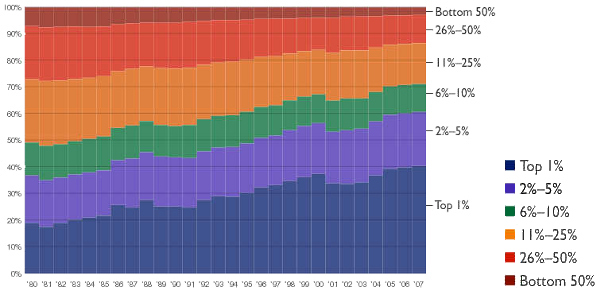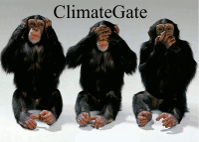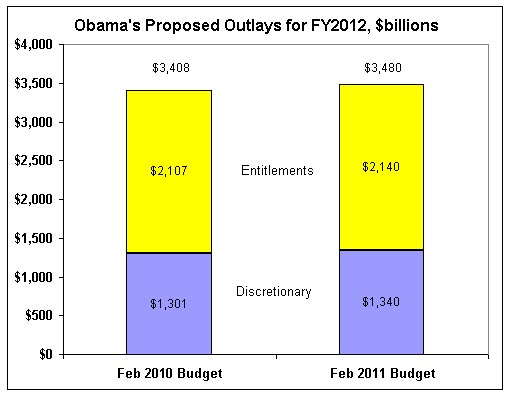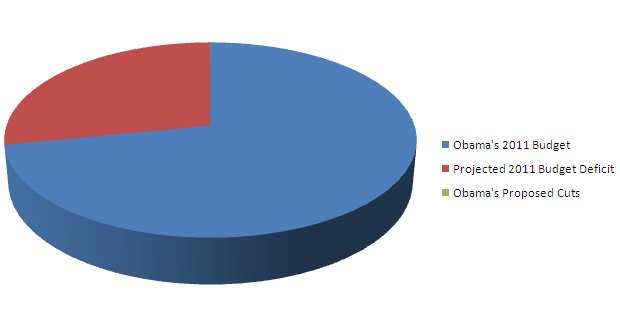01-03-2011

Permalink


Beer and Taxes
|
Subject: The U.S. Tax System Explained With Beer
This little story† has been
floating around the internet for quite some time, and the author is
unknown to me. It makes a very important point quite forcefully!
Suppose that every day, ten men go out for beer and the bill for all
ten comes to $100. If they paid their bill the way we pay our taxes,
it would go something like this:
|
The first four men (the poorest) would pay nothing:
|

|
$0
|
|
The fifth man would pay:
|

|
$1
|
|
The sixth man would pay:
|

|
$3
|
|
The seventh man would pay:
|

|
$7
|
|
The eighth man would pay:
|

|
$12
|
|
The ninth man would pay:
|

|
$18
|
|
The tenth man (the richest) would pay:
|

|
$59
|
So, that's what they decided to do.
The ten men drank in the bar every day and seemed quite
happy‡ with the arrangement,
until one day, the owner threw them a curve.
"Since you are all such good customers," he said, "I'm going
to reduce the cost of your daily beer by $20." Drinks for the ten
now cost just $80.
The group still wanted to pay their bill the way we pay our taxes so
the first four men were unaffected. They would still drink for free.
But what about the other six men — the paying customers?
How could they divide the $20 windfall so that everyone would get his
"fair share?"
They realized that $20 divided by six is $3.33. But if they subtracted
that from everybody's share, then the fifth man and the sixth man would
each end up being paid to drink his beer. So, the bar owner suggested
that it would be fair to reduce each man's bill by a progressive
amount, and he proceeded to work out how much each should pay, as
follows:
|
The fifth man, like the first four, now paid nothing
|

|
(100% savings)
|
|
The sixth man now paid $2 instead of $3
|

|
(33% savings)
|
|
The seventh man now paid $5 instead of $7
|

|
(28% savings)
|
|
The eighth man now paid $9 instead of $12
|

|
(25% savings)
|
|
The ninth man now paid $14 instead of $18
|

|
(22% savings)
|
|
The tenth man now paid $50 instead of $59
|

|
(15% savings)
|
Each of the six was better off than before. And the first four
continued to drink for free. But once outside the restaurant, the
men began to compare their savings.
"I only got a dollar out of the $20," declared the sixth man.
He pointed to the tenth man, "but he got $9!"
"Yeah, that's right," exclaimed the fifth man. "I only saved
a dollar, too. It's unfair that he got nine times more than I did!"
"That's true!!" shouted the seventh man. "Why should he get
$9 back then I got only two? The wealthy get all the breaks!"
"Wait a minute," yelled the first four men in unison. "We
didn't get anything at all. The system exploits the poor!"
The nine men surrounded the tenth and beat him up.
The next night the tenth man didn't show up for drinks, so the nine sat
down and had beers without him. But when it came time to pay the bill,
they discovered something important. They didn't have enough money
between all of them for even half of the bill!
And that, boys and girls, journalists and college professors, is how
our tax system works. The people who pay the highest taxes get the
most benefit from a tax reduction. Tax them too much, attack them
for being wealthy, and they just may not show up anymore. In fact,
they might start drinking overseas where the atmosphere is somewhat
friendlier.
As David
R. Kamerschen, Ph.D., a professor of economics at the University of
Georgia put it:
"For those who understand, no explanation is needed.
For those who do not understand, no explanation is possible."
† I reworked the numbers in the
story slightly because they did not properly add up in the versions
that I saw. It doesn't make a very convincing economics example if
you can't add properly!
‡ "Seemed" is the
operative word here. Just because a taxpayer doesn't spend every
waking moment of their life complaining bitterly, do not assume that
that means that they are "quite happy" with the system and how
they are being treated!
Addendum: [01-05-10]
I thought it would be instructive to show the actual percentage of
taxes paid by various income groups. The following chart
comes from
The Heritage Foundation and is for the year 2007, showing the
percentage of taxes paid by different segments of the wage-earning
populace.
 According to
Wikipedia, in 2007 the U.S. government collected over
$1.97 trillion in income and payroll taxes, indicating that:
According to
Wikipedia, in 2007 the U.S. government collected over
$1.97 trillion in income and payroll taxes, indicating that:
Wage Earners
by Group
|
Paid % of
All Taxes
|
Total $ Paid
by Group
|
Accumulating
% of All Taxes
|
Accumulating Total
$ Paid by Group
|
|
Top 1%
|
40.42%
|
$796 million
|
40.42%
|
$796 million
|
|
2% - 5%
|
20.21%
|
$398 million
|
60.63%
|
$1,305 million
|
|
6% - 10%
|
10.59%
|
$209 million
|
71.22%
|
$1,402 million
|
|
11% - 25%
|
15.37%
|
$303 million
|
86.59%
|
$1,705 million
|
|
26% - 50%
|
10.52%
|
$207 million
|
97.11%
|
$1,912 million
|
|
Bottom 50%
|
2.89%
|
$57 million
|
100%
|
$1,970 million
|
In 2010, the Associated
Press reported that just under one half of all U.S. households
would pay no federal income taxes for 2009, stating:
In recent years, credits for low- and middle-income families
have grown so much that a family of four making as much as
$50,000 will owe no federal income tax for 2009, as long as
there are two children younger than 17, according to a
separate analysis by the consulting firm Deloitte Tax.
[...]
The result is a tax system that exempts almost half the country
from paying for programs that benefit everyone, including
national defense, public safety, infrastructure and education.
It is a system in which the top 10 percent of earners —
households making an average of $366,400 in 2006 — paid
about 73 percent of the income taxes collected by the federal
government.
The bottom 40 percent, on average, make a profit from the
federal income tax, meaning they get more money in tax credits
than they would otherwise owe in taxes. For those people, the
government sends them a payment.
[...]
But income tax rates were lowered at every income level. The
changes made it relatively easy for families of four making
$50,000 to eliminate their income tax liability.
Here's how they did it, according to Deloitte Tax:
The family was entitled to a standard deduction of $11,400
and four personal exemptions of $3,650 apiece, leaving a
taxable income of $24,000. The federal income tax on
$24,000 is $2,769.
With two children younger than 17, the family qualified for two
$1,000 child tax credits. Its Making Work Pay credit was
$800 because the parents were married filing jointly.
The $2,800 in credits exceeds the $2,769 in taxes, so the
family makes a $31 profit from the federal income tax. That
ought to take the sting out of April 15.
|
That ought to take the sting out of April 15! Really? Not for the
suckers forced to pick up the tab!
|









